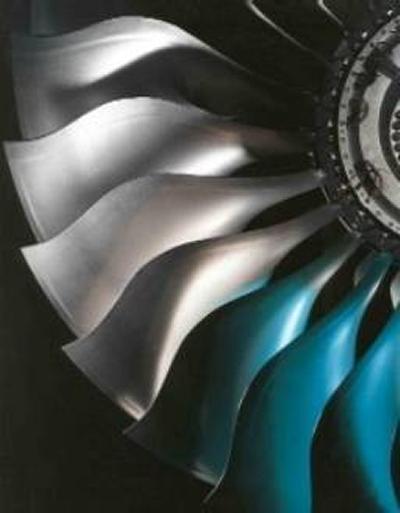Research project: Rolls-Royce SILOET (Strategic Investment in Low-carbon Engine Technology) Project
Rolls-Royce is now a leading manufacturer of aircraft engines. A considerable concern is the effect of engine emissions on the environment and governments around the world are planning legislation to limit such emissions.
